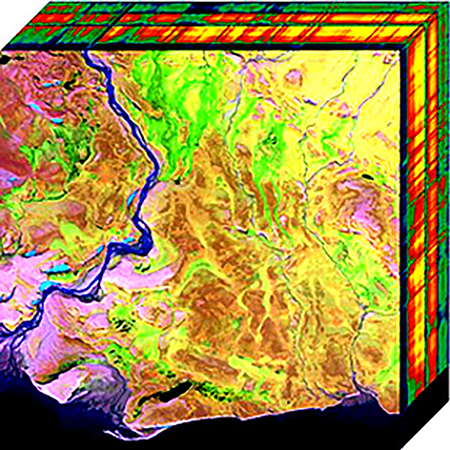Harnessing ML Cloud Computing: 5 Essential Techniques for Optimization
Unlocking the Full Potential of ML Cloud Computing for Advanced Data Processing

Leveraging distributed computing and AutoML in cloud environments can significantly optimize ML development cycles by utilizing parallel processing and automated model tuning. The integration of scalable storage solutions, Self-Organizing Maps (SOMs), and predictive modeling techniques further enhances data handling capabilities, pattern recognition, and real-time prediction accuracy, respectively, in cloud-based ML applications.
The integration of machine learning (ML) and cloud computing has unleashed a realm of opportunities in the digital world. This article sheds light on five pivotal techniques that optimize ML cloud computing, enhancing the development and deployment of sophisticated ML models.
- Distributed Computing in ML Cloud Computing: Distributed systems are inherent to cloud platforms, thus algorithms that function optimally across multiple interconnected servers are critical. These techniques, utilizing parallel processing, accelerate computational time and enhance the performance of ML cloud computing models.
- AutoML: Accelerating ML Cloud Computing: Automated machine learning (AutoML) addresses the complexity of ML model development. With the robust resources of cloud computing, AutoML frameworks streamline model selection, hyperparameter tuning, and feature selection, thereby speeding up ML cloud computing development cycles.
- Scalable Storage Solutions for ML Cloud Computing: Data storage and management are fundamental to ML. Techniques such as data partitioning and indexing provide rapid data access, while cloud-specific features like multi-region replication ensure uninterrupted data availability for ML cloud computing models.
- Self-Organizing Maps (SOMs) in the Cloud: SOMs, an unsupervised ML technique, is used for clustering and visualization of high-dimensional data. With the computational resources available in the cloud, SOMs can process large datasets, delivering deeper insights and enhancing pattern recognition in ML cloud computing.
- Predictive Modeling in ML Cloud Computing: Predictive modeling leverages ML to predict future outcomes based on historical data. The computational capacity and scalable storage of the cloud make it ideal for the development of intricate predictive models, enabling ML cloud computing models to provide real-time, continually improving predictions.
By integrating these techniques, developers can significantly optimize the development of ML cloud computing applications, ensuring advanced performance, efficiency, and adaptability. As ML cloud computing continues to evolve, new techniques will emerge, continually advancing the capabilities of this exciting fusion.

Explore how Reinforcement Learning (RL) is transforming Command-and-Control (C2) systems by enabling adaptive, efficient, and autonomous decision-making. Discover the pivotal role of RL in dynamic decision-making, strategic resource allocation, adversarial response, mission planning, and advanced training simulations. Learn how integrating RL into C2 systems enhances operational agility, efficiency, robustness, and continuous improvement, setting a new standard for military operations and strategic planning in complex environments.

Dynamic Temporal Processing: Spiking Neural Networks Take on Hyperspectral Data Analysis Hyperspectral imaging produces complex data laden with rich spectral signatures, but conventional techniques often struggle to fully analyze this information. Now, Spiking Neural Networks (SNNs) are breaking new ground. With dynamic temporal processing, SNNs are able to efficiently unlock insights from massive hyperspectral datasets across diverse domains, from spotting crop diseases to identifying camouflaged objects. This combination of cutting-edge data and next-gen AI represents an exciting shift, as SNNs usher in new possibilities for real-time, accurate hyperspectral analysis. The future looks bright for this synergy between spectra and spikes.








